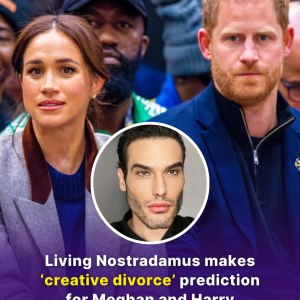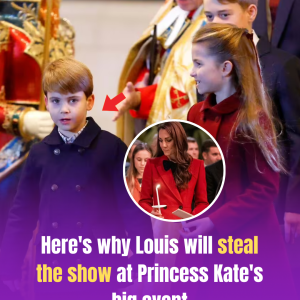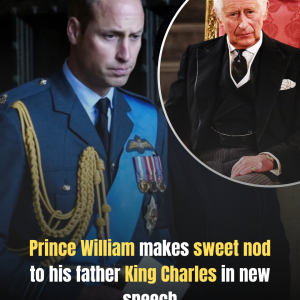
King Charles made history with a visit to the Vatican that blended centuries of solemn tradition with a moment of unexpected warmth. The encounter offered a rare look at the changing relationship between the British monarchy and the Catholic Church.
On October 23, 2025, King Charles III became the first British monarch in more than five centuries to publicly pray with the Pope — a gesture rich in religious, political, and personal meaning. Yet, even in this setting of high ceremony, the day wasn’t without its light-hearted moments.
A Royal Handshake Across Centuries
In the heart of Vatican City, King Charles and Queen Camilla were received by Pope Leo XIV in a scene steeped in symbolism. The royal couple joined an ecumenical service in the Sistine Chapel — a moment not seen since Henry VIII’s break with Rome in the 16th century. Cameras captured the King and Pope exchanging a handshake that seemed to bridge half a millennium of division.
During the formal photo session, Charles was overheard joking about the endless cameras, calling them “a constant hazard.” The Pope laughed, replying, “Yes, it can be. You get used to it.” The brief exchange broke the stiffness of the occasion, offering a glimpse of humanity amid the grandeur.
Xem bài viết này trên Instagram
Faith, Diplomacy, and a Sacred Honor
Later, in the Apostolic Palace, King Charles held a private audience with the Pope before visiting the Basilica of Saint Paul Outside the Walls — a sacred site tied deeply to early Christianity. There, in a ceremony full of symbolism, he was made a Royal Confrater of Saint Paul, a rare title seen by many as a step toward a new spiritual alliance between the English Crown and the Vatican.
A specially commissioned chair was unveiled, bearing the Royal Coat of Arms and the Latin phrase Ut unum sint — “That they may be one.” It served as a poignant reminder of the centuries when English monarchs once protected this very basilica.
Father Martin Browne, a Benedictine monk from the Vatican’s Dicastery for Promoting Christian Unity, described the shared prayer between monarch and pontiff as “a powerful sign of healing.” He called it a milestone in the deepening bond between the Anglican and Catholic traditions.
A Meeting Half a Millennium in the Making
As Supreme Governor of the Church of England, King Charles has long signaled his desire for an inclusive reign — one focused on interfaith dialogue and reconciliation. According to Father Browne, the King was determined that the visit be “genuinely spiritual, not just ceremonial.”
Originally planned for April 2025 with Pope Francis, the meeting was rescheduled after Francis’s resignation. Pope Leo XIV, known for his warmth and humor, welcomed the King and Queen with a tone that helped set the stage for this historic encounter.
While the deep theological differences between Rome and Canterbury remain, the day was marked by a sense of shared mission and respect — what Father Browne described as “common ground in faith, service, and care for the world.”
Xem bài viết này trên Instagram
Looking Back — and Forward
The service also paid tribute to St. John Henry Newman, a figure who embodied both Anglican and Catholic traditions. His hymns and writings were woven into the day’s liturgy — a personal nod from a monarch who had attended Newman’s canonization years earlier.
The visit carried a forward-looking message as well. Coinciding with the tenth anniversary of Laudato si’, the Pope’s environmental encyclical, the meeting doubled as a call for joint stewardship of the planet. Father Browne described it as “an ecumenism of our common home,” underscoring the shared duty of faith communities to protect the Earth.
From Rift to Renewal
What began as a day shadowed by 500 years of division ended with prayer, laughter, and hope. Beneath Michelangelo’s frescoes, the Crown and the Cross met not as rivals but as partners in purpose.
For King Charles, it was more than a diplomatic milestone — it was a statement of faith and unity. For the world, it was a reminder that even history’s deepest divides can give way to healing when tradition meets grace.



